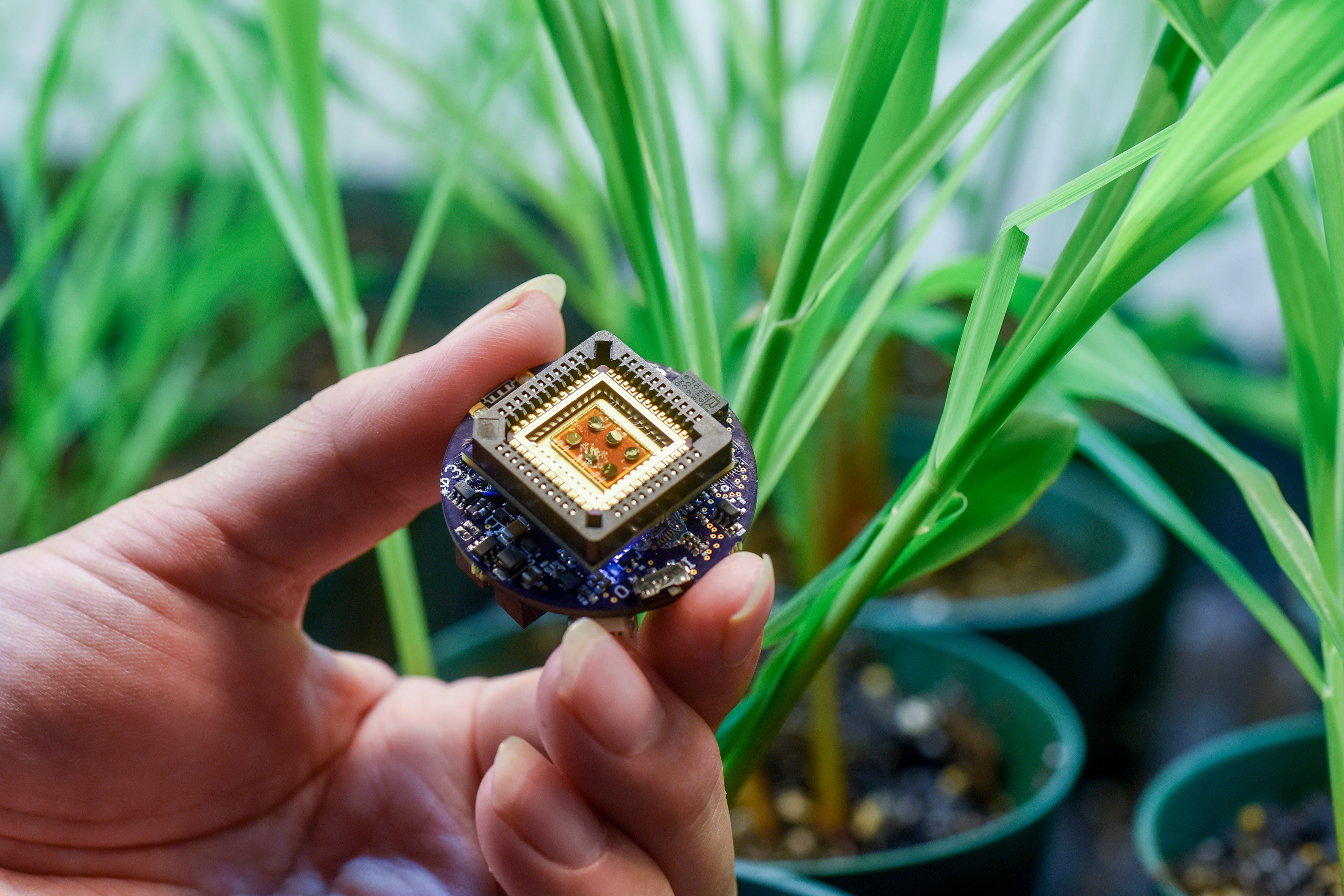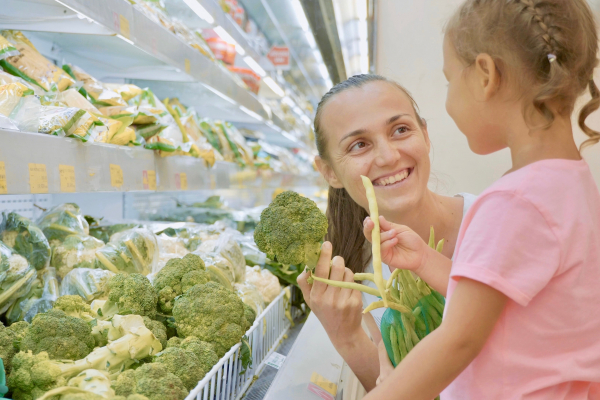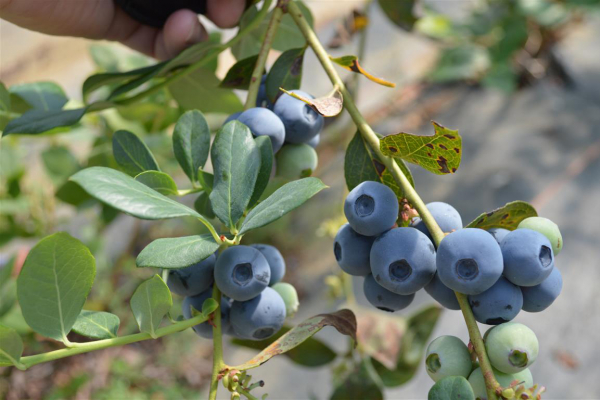Sensing Safety: Deploying sensors to safeguard the food supply

PROBLEM
- Foodborne illness is a major public health challenge.
SOLUTION
- Develop new sensors that detect pathogens and alert farmers in real time to reduce the threat of foodborne illnesses.
Foodborne illnesses are a major public health challenge resulting in 3,000 deaths each year and costing our nation an estimated $15.6 billion annually. To protect people and reduce the costs, researchers at North Carolina State University are working to keep certain disease-causing microorganisms out of the food supply entirely. Engineers, plant scientists, and food microbiologists colloborate to develop electronic sensors that alert farmers right away when these microbes are present.
Sparked by NC State’s Plant Sciences Initiative, the team is making rapid progress. Over the past two years, it has created small, affordable, and reliable sensors that can detect and diagnose insect attacks so fast that farmers have time to prevent crop loss. Now, with funding from the USDA NIFA, microbiologist Sophia Kathariou is guiding an effort to determine whether the technology can be adapted to detect foodborne pathogens like Salmonella, E. coli, and Listeria in fresh produce.
Developed under the leadership of plant pathologist Ralph Dean and engineers Omer Oralkan and Greg Parsons, the initial technology was funded by the North Carolina Agricultural and Life Sciences Research Foundation. It works by detecting volatile organic compounds, or VOCs, that plants emit when they are under stress. Each type of stressor emits a distinct bouquet of VOCs, and the sensor-array technology is designed to pinpoint that specific stressor.
The effort is part of a much larger, multidisciplinary project involving scientists from agencies and universities nationwide. Its goal is to provide novel tools and information that lower public health risks associated with major human pathogens.
Our research to understand plant stress in real time is like searching for the Holy Grail. We can’t wait until a plant is sick or being attacked. We want to be able to identify those plants immediately so we can stop the problem before it starts.”
– Ralph Dean
RESEARCHERS
- Ralph Dean, PhD, NC State University
- Sophia Kathaiou, PhD, NC State University
- Omer Oralkan, PhD, NC State University
- Greg Parsons, PhD, NC State University
FUNDERS
- USDA NIFA Hatch
- NC State Agricultural and Life Sciences Research Foundation


